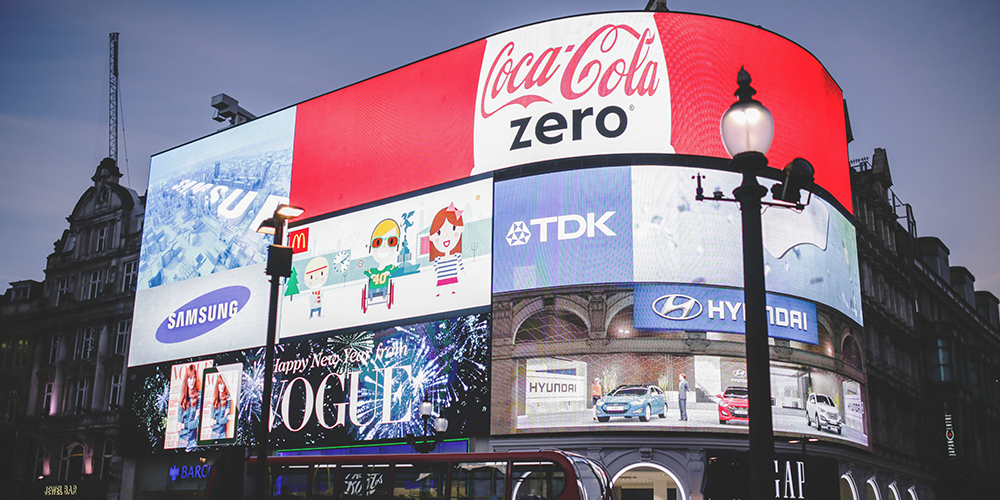If you haven’t noticed, ads are becoming extremely common in places that are extremely hard to ignore—your Instagram feed, for example. Advertising has certainly undergone some scrutiny for things like inappropriate placement and messaging over the years, but it turns out that sheer ad exhaustion is actually more likely to turn people off of associated brands than the aforementioned offensive content.
Marketing Dive published a report that claims that, of all people surveyed, 32% of consumers said that they viewed current social media advertising to be “excessive”; only 10% said that they found advertisements to be “memorable”.
In that same group, 52% of consumers said that excessive ads were likely to affect negatively their perception of a brand, while only 32% said the same of ads appearing next to offensive or inappropriate content.
“Brand safety has become a hot item for many companies as they look to avoid associations with harmful content, but that’s not as significant a concern for consumers, who show an aversion to ad overload in larger numbers,” writes Peter Adams, author of the Marketing Dive report.
This reaction speaks to the sheer pervasiveness of ads in the current market. Certainly, many people are spending more time on their phones—specifically on social media—as a result of the pandemic. However, with 31% and 27% of surveyed people saying they found website ads either “distracting” or “intrusive”, respectively, the “why” doesn’t matter as much as the reaction itself.
It’s worth pointing out that solid ad blockers do exist for desktop website traffic, and most major browsers offer a “reader mode” feature (or add-on) that allows users to read through things like articles and the like without having to worry about dynamic ads distracting them or slowing down their page. This becomes a much more significant issue on mobile devices, especially when ads are so persistent that they impact one’s ability to read content.
Like most industries, advertisers have faced unique challenges during the pandemic. If there’s one major takeaway from the report, it’s this: Ads have to change—largely in terms of their frequency—if brands want to maintain customer retention and loyalty.
Jack Lloyd has a BA in Creative Writing from Forest Grove's Pacific University; he spends his writing days using his degree to pursue semicolons, freelance writing and editing, oxford commas, and enough coffee to kill a bear. His infatuation with rain is matched only by his dry sense of humor.











































Pingback: Take control of how your information is shared, and get paid for it with TIKI
Pingback: Google Ads campaigns are notoriously difficult, this tool claims to fix that
Pingback: 3 Reasons Why Personalize Influencer Marketing Dominate the Digital Age – A new perspective in Digital Marketing